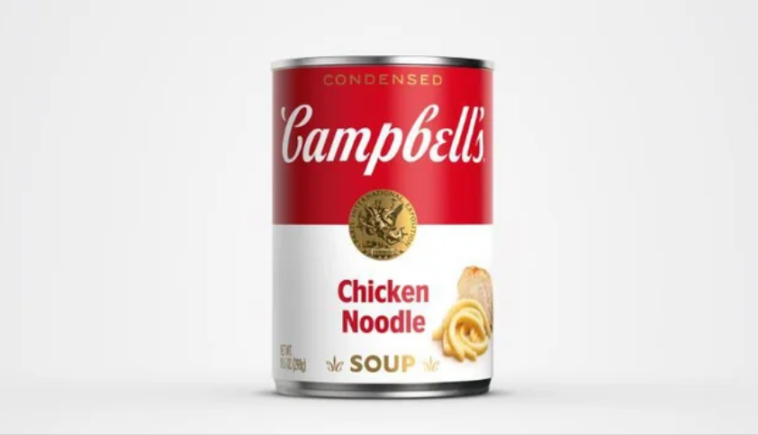Walk down any grocery aisle today and you’ll spot them immediately—the same brands that filled our pantries in the 1950s and 60s. While countless food companies have come and gone, these 16 grocery store stalwarts have survived decades of changing tastes, health trends, and corporate buyouts.
From Kraft’s unmistakable blue box of mac and cheese to Campbell’s iconic red-and-white soup cans, these brands didn’t just feed a generation—they became part of American culture. Whether tucked into our lunchboxes or warming up our winter afternoons, these pantry staples were family fixtures that evolved into small, cherished traditions.
Some have tweaked their recipes or updated their packaging, but walk into any supermarket and you’ll find them exactly where you’d expect, still competing for the same shelf space they’ve occupied for over half a century.
To that end, here are the grocery brands that have proven that staying power means everything in the food business.
Kraft

Few names scream “comfort food” like Kraft. If you grew up in the 1950s or 60s, there’s a good chance your mac and cheese came in that unmistakable blue box —part of Kraft’s mid-century expansion into pantry staples like jellies, BBQ sauces, and salad dressings.
Powdered cheese sauce was a miracle back then! Today, Kraft has updated its lineup with organic and reduced-sodium options, but the original orange classic is still going strong. Nostalgic and dependable.
Kellogg’s

Saturday morning cartoons weren’t complete without a bowl of Kellogg’s cereal. Founded in 1906, the brand gave us Cornelius the Rooster, Tony the Tiger, Toucan Sam, and Snap, Crackle & Pop—mascots that became as familiar as family members. Corn Flakes, Rice Krispies, and Frosted Flakes were breakfast table regulars.
While today’s boxes boast whole grains and reduced sugar, that distinctive red Kellogg’s script still promises the same morning magic. The company has adapted with protein-packed options and gluten-free varieties, but classic cereals like Corn Flakes largely retain their taste. Some have seen minor formula tweaks over time, yet their essence is tied to childhood memories to date.
Campbell’s

You can practically hear the jingle—“M’m! M’m! Good!”—when you set your sight on this iconic red-and-white can. Campbell’s soup was a weeknight go-to, a quick lunch, a snow day essential, and the thing you wanted to grab when you were having a particularly rough day.
Tomato, chicken noodle, and cream of mushroom practically built the American casserole scene. And yes, they’re still everywhere and remain a top brand for Boomers, although the labels are sleeker now and there’s a “wellness” line that targets modern, health-conscious eaters.
Ocean Spray
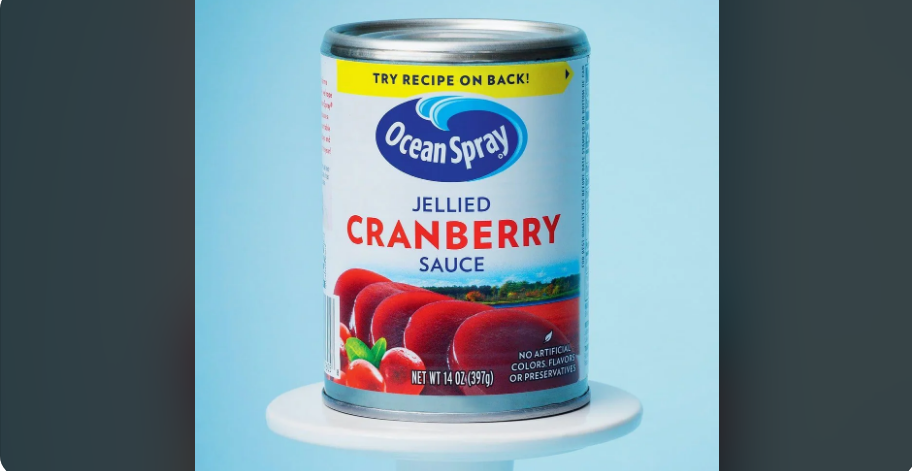
Thanksgiving without that ridged cylinder of cranberry sauce sliding out of the Ocean Spray can? Unthinkable. Established in 1930 as a cranberry growers’ cooperative, Ocean Spray became synonymous with holiday traditions and tart-sweet flavors that cut through rich family meals.
The brand expanded beyond the iconic jellied sauce to juices, dried cranberries, and cocktail mixers, but that distinctive red can with the white wave logo still anchors holiday tables across America. Modern versions include organic and reduced-sugar options, yet the classic remains a nostalgic necessity.
Heinz

Ketchup? That’s Heinz. For boomers, the glass bottle was part of the experience. Flip it, tap the “57,” and wait for the thick, sweet red sauce to make its way out. Founded in 1869, Heinz hasn’t gone anywhere; in fact, it has expanded into a range of products, including sauces, dips, and organic blends. But that original ketchup still tastes like backyard cookouts and burger nights from back in the day.
Fun fact: Heinz Tomato Ketchup has maintained its original recipe since 1876, which is why it still tastes the same.
Quaker Oats

With its colonial-looking mascot (introduced in 1877) and the familiar cylindrical cardboard tub, which debuted in 1915, Quaker Oats has been a breakfast standard for generations.
In the boomer years, hot oatmeal with innovations like Instant Oatmeal in 1966 and flavored varieties like Maple & Brown Sugar in 1970 was a popular breakfast option before school or work. Today, the brand offers everything from instant packets to overnight oats kits. However, the classic is still hearty, healthy, and just as you left it.
Wonder Bread
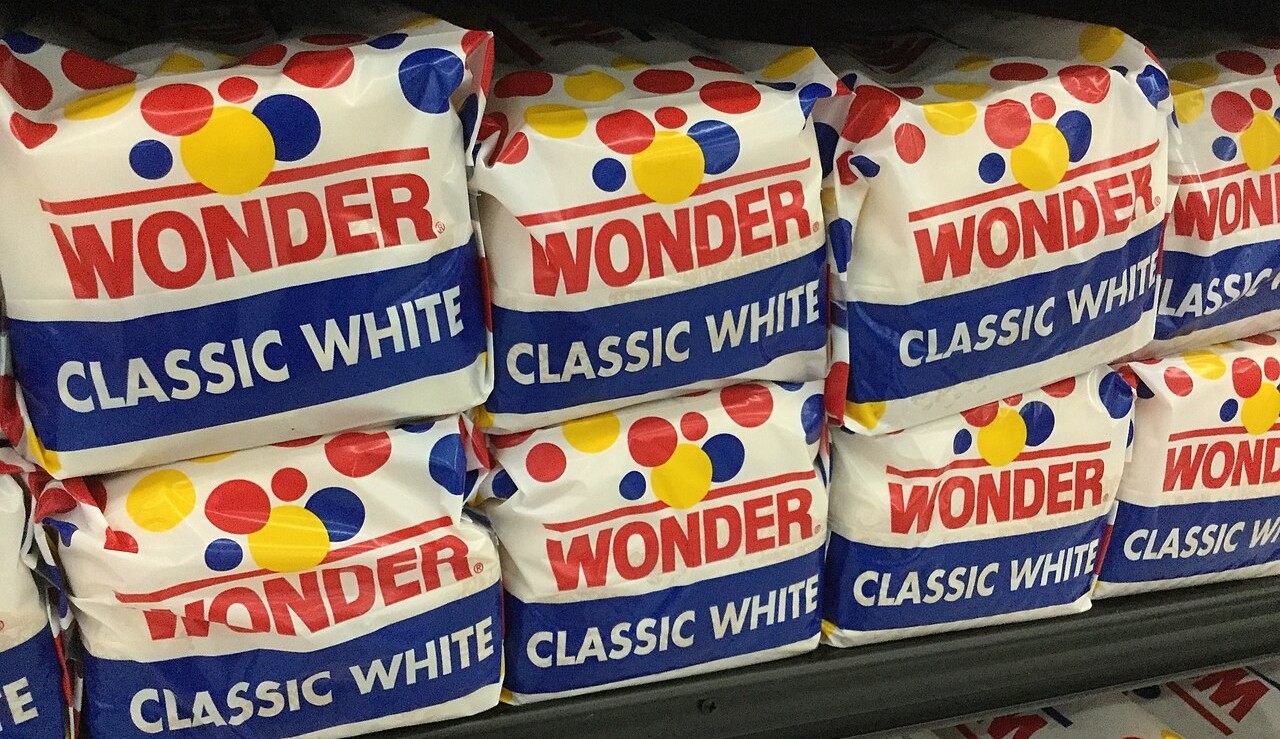
Those colorful balloons on white packaging were instantly recognizable in any grocery aisle. Introduced in 1921, Wonder Bread was marketed as a modern marvel—soft, consistent, and enriched with vitamins. For boomers, it was the foundation of countless peanut butter and jelly sandwiches and the preferred choice for morning toast.
Though the brand faced financial troubles and was briefly discontinued in 2012, it made a successful comeback. Today’s Wonder Bread includes whole grain, Italian, and other varieties, but its signature softness and nostalgic packaging design remain comfort food essentials.
Planters

Before “healthy snacking” was a trend, there were canisters of Planters peanuts on coffee tables and in glove compartments. By the 1950s, the snack food company had already begun airing TV commercials nationwide featuring Mr. Peanut, who, complete with his monocle and top hat, had become a symbol of salty satisfaction.
Planters, which was established in 1906 has been owned by several companies: Standard Brands (1960), Nabisco Brands (1981), Kraft Foods (2000), Kraft Heinz (2015), and most recently Hormel Foods (since 2021) has survived the decades with barely a blink, adding new flavors and mixed nuts but keeping that old-school charm.
French’s
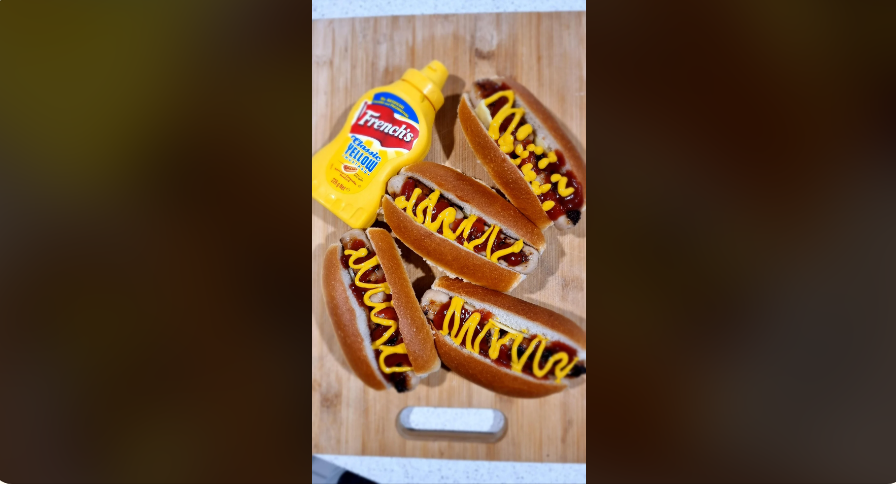
That bright yellow mustard was a hot dog’s best friend and a picnic table staple. French’s Yellow Mustard, introduced in 1904, became the quintessential American condiment—tangy, mild, and perfectly suited to backyard barbecues and baseball games. Debuting at the St. Louis World’s Fair, it quickly won over American taste buds with its distinctive flavor.
Beyond mustard, French’s is also famed for French’s Crispy Fried Onions, the crunchy topping that transformed green bean casseroles into holiday traditions. While this beloved product became part of the French’s brand only in 1986, its long-standing presence in American kitchens meant it was a staple for many Boomer households.
The brand has expanded into specialty mustards and international flavors. Still, the classic yellow mustard, whether in its original glass jars or the familiar squeeze bottles that came later, is arguably unchanged in flavor and indispensable to American kitchens.
Reese’s

There’s a reason they’ve never been “just” peanut butter cups. Introduced in 1928, Reese’s was— and still is —a chocolate-peanut butter combo that other brands continue to try to copy.
For boomers, it was a Halloween staple and a gas station treat. Now you’ll find minis, Big Cups, thins (even cereal), but that classic orange wrapper still hits hardest. The brand merged with Hershey in 1963, ensuring widespread availability during the 1950s and 1960s, and beyond. It remains the #1 U.S. confectionery brand as of 2024.
Jell-O
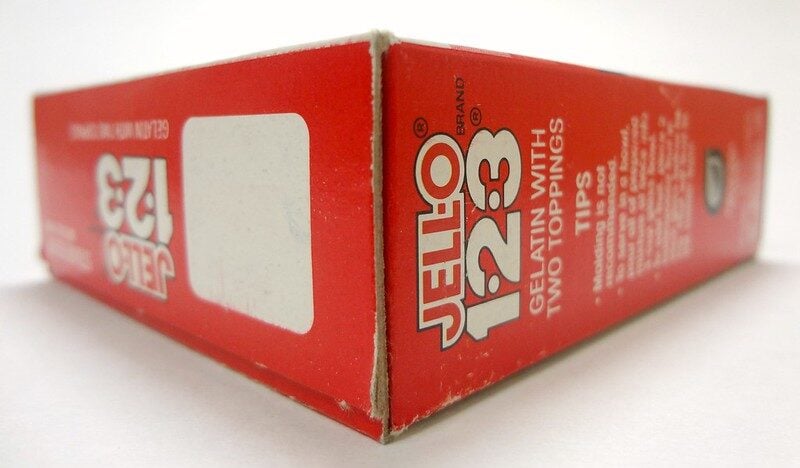
Wiggling, colorful, and surprisingly versatile, Jell-O was both a dessert and a conversation starter. Introduced in 1897 and heavily marketed through the mid-20th century, it became a symbol of modern convenience cooking—just add hot water and wait for the magic.
Boomers remember elaborate Jell-O molds at church potlucks, fruit suspended in lime gelatin, and the satisfying slurp of eating it straight from the bowl. Today’s Jell-O includes sugar-free options and gourmet flavors, but those little boxes of powder still promise the same wobbly fun that made it a kitchen staple.
Skippy
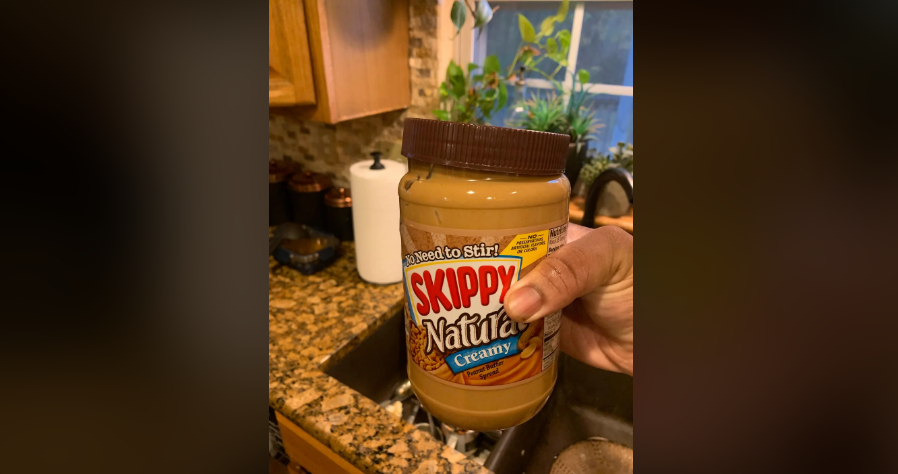
The great peanut butter debate often came down to Skippy versus the competition, and for many boomer households, Skippy won. First sold in 1932, it offered the perfect balance of creamy texture and rich peanut flavor, making school lunches memorable and after-school snacks satisfying.
That distinctive blue label with red lettering became synonymous with childhood comfort food. Modern Skippy includes natural and reduced-fat varieties, but the original recipe remains the gold standard for PB&J sandwiches and impromptu spoonfuls when no one’s looking.
Interesting trivia: Skippy has quite an impressive legacy—it was the first to create crunchy-style peanut butter (1934) and the first packaged in wide-mouth jars (1935). It’s currently the second-best-selling peanut butter brand worldwide, behind only Jif.
Nabisco

Founded in 1898 as the National Biscuit Company, Nabisco is pretty much a household name with iconic products such as Oreo, Ritz, Saltines, and Fig Newtons. Nabisco’s lineup basically defined American snack time.
If you had a cupboard growing up, it probably contained at least one Nabisco box. Over the years, the parent companies have changed (Nabisco’s products are now available under the parent company Mondelēz International), but the brand itself has not lost its place. Familiar packaging, slightly modernized recipes, and still a go-to when the munchies hit.
Hershey’s

Established in 1894, Hershey’s Milk Chocolate bars were the gold standard for chocolate. Folks remember Hershey bars from campfires, birthday parties, and movie theater candy counters. The foil-wrapped bars with paper sleeves were a childhood treasure.
Today, Hershey’s has expanded into syrups, snack mixes, and a wide range of seasonal treats. But the milk chocolate square with the subtle “HERSHEY’S” imprint is still exactly the same.
Lay’s

Founded in 1932 by Herman Lay, Lay’s potato chips were lunchbox gold in the boomer era, with flavors like classic, barbecue, and sour cream & onion becoming instant favorites. By the mid-1960s, the brand had become a dominant snack brand, supported by its iconic “Betcha can’t eat just one” slogan.
Now there are international flavors, limited editions, and even air-baked versions. But at the end of the day, that crinkly yellow bag still brings back memories.
Betty Crocker

Not a person, but an icon nonetheless. Betty Crocker was the face of easy baking—cakes, brownies, cookies, particularly after introducing cake mixes in 1947. If you made birthday treats with your parents or brought cupcakes to class, you probably used Betty. Today’s boxes might be flashier, but that red spoon logo still feels like a trusted friend in the kitchen.
Bonus trivia: Betty Crocker was created as a fictional character in 1921 by the Washburn-Crosby Company (later General Mills) to provide personalized responses to baking questions. The name combined “Betty” (chosen for its friendly tone) and “Crocker” (honoring a company director). Her persona evolved through radio shows, cookbooks, and wartime rationing advice, maintaining relevance across generations.

